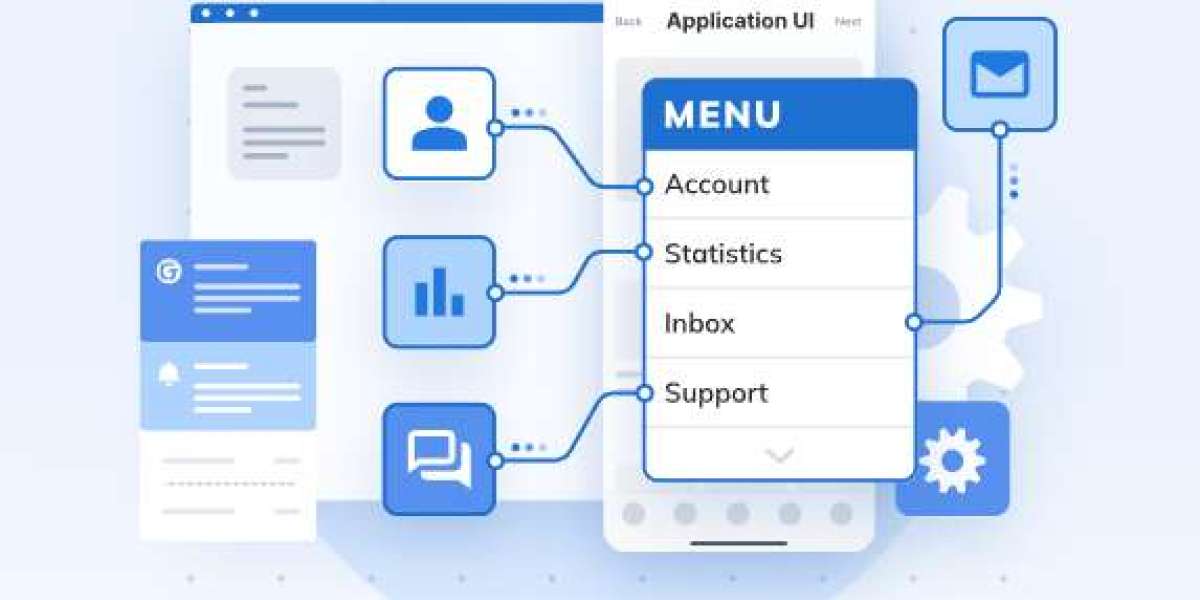1. Skipping Proper Market Research
One of the most critical mistakes in building an MVP is failing to conduct thorough market research. Many startups jump directly into development without taking the time to understand their target audience, the problems they are solving, and how the competition is positioning themselves. Without proper market research, it is easy to build an MVP that doesn’t resonate with users or fail to address a real pain point.
How to Avoid This Mistake:
Before you start building your MVP, invest time in understanding the market. Conduct surveys, interviews, and competitor analysis to validate your idea. Define your target audience, understand their needs, and determine how your MVP will uniquely solve their problems. This foundation of knowledge will help you build an MVP that is aligned with user expectations and market demand.
2. Overloading Features in the MVP
A common misconception about MVPs is that they need to have a wide range of features to be successful. However, one of the core principles of an MVP is to focus on delivering only the essential features required to test the core value proposition of your product. Adding too many features can increase complexity, delay the development process, and divert attention from the primary problem you're trying to solve.
How to Avoid This Mistake:
To avoid feature overload, start by identifying the core features that are crucial to your product's value proposition. These features should solve the primary pain points of your users. Anything beyond this can be considered for future iterations once the MVP has been validated. A good rule of thumb is to ask yourself, “What is the simplest version of this product that still offers value?”
3. Not Prioritizing User Feedback
An MVP is not the final version of your product—it is a tool for gathering feedback and learning what works and what doesn’t. Many entrepreneurs make the mistake of launching their MVP and then neglecting to collect and analyze user feedback. Without user feedback, it's difficult to iterate on your product and improve it for the next phase.
How to Avoid This Mistake:
Once your MVP is launched, actively seek feedback from users through surveys, interviews, analytics, and user testing. Analyze the data to identify patterns in user behavior and understand what features are being used and which are not. Prioritize changes and improvements based on this feedback to make informed decisions about the direction of your product.
4. Neglecting Scalability and Performance
While an MVP is designed to be simple, it’s essential not to ignore the technical aspects of scalability and performance. Some founders focus so much on delivering the product quickly that they neglect to plan for future growth. If your MVP is successful and gains traction, it could experience a surge in users. A lack of scalability can lead to performance issues, downtime, and a negative user experience.
How to Avoid This Mistake:
When building your MVP, ensure that your development team has a clear plan for scalability. Focus on building an architecture that can grow with your business. Consider cloud solutions, microservices, and other scalable technologies that can handle increased traffic and user demands. This way, you won't have to redo large portions of the product when it gains popularity.
5. Choosing the Wrong Technology Stack
The technology stack you choose for your MVP plays a significant role in its success or failure. Startups sometimes opt for technologies that are not suitable for the MVP phase, either because they are too complex, costly, or hard to scale. This can lead to delays, cost overruns, and technical debt that may hinder future development.
How to Avoid This Mistake:
When selecting a technology stack, prioritize simplicity and speed. Choose technologies that allow you to quickly develop and test your MVP without compromising performance. Work with a development team that is experienced in building MVPs and can recommend the best technology stack for your project. If you're uncertain, custom MVP development services can help guide your decision-making process to ensure you're using the right tools for the job.
6. Ignoring the Importance of User Experience (UX)
User experience (UX) is crucial for the success of any product, and this applies to your MVP as well. A poor UX can lead to frustrated users and a high churn rate, even if your MVP solves a real problem. On the other hand, a seamless, intuitive user experience can help you build user trust and increase engagement.
How to Avoid This Mistake:
Even though an MVP is a minimal version of your product, don’t skimp on UX design. Ensure that the user interface (UI) is clean, intuitive, and easy to navigate. Focus on designing a simple user journey that helps users quickly achieve their goals. Conduct user testing early and often to refine the UX and ensure it meets the needs of your target audience.
7. Underestimating the Time and Cost of Development
Many entrepreneurs underestimate the time and cost involved in developing an MVP. While an MVP is meant to be minimal, it still requires careful planning, design, and development to ensure it functions properly. Rushing through the process can result in a product that is buggy, incomplete, or not scalable, which can harm your reputation.
How to Avoid This Mistake:
Set realistic timelines and budgets for your MVP development. Work closely with your development team to outline milestones and expectations. Keep in mind that while an MVP is a minimal version, it should still be functional, user-friendly, and bug-free. Avoid cutting corners on quality to save time and money, as this can lead to bigger problems down the line.
8. Lack of a Clear Monetization Strategy
Another mistake that startups make is building an MVP without a clear understanding of how the product will make money. While an MVP is about testing ideas, you should still have a rough plan for monetization in mind. Failing to think about monetization early can lead to difficulties in the later stages of development, especially when you begin scaling and need to fund growth.
How to Avoid This Mistake:
Think about your monetization strategy from the start. Will your product use a subscription model, one-time purchase, freemium, or another method? While you don’t need to have everything figured out at the MVP stage, understanding how your product will eventually generate revenue will help guide your development and ensure that you are building a sustainable business.
9. Building Without a Clear Roadmap for Iteration
An MVP is only the beginning. Once your MVP is released and feedback is gathered, it’s important to iterate based on what you learn. However, many startups fail to plan for this iterative process, and the MVP ends up being the final product, which can lead to stagnation.
How to Avoid This Mistake:
Create a roadmap for your MVP that includes plans for future iterations. Once the MVP is validated, use the feedback and data to inform improvements, add new features, and refine the product. Your MVP should evolve based on real user feedback and market demands, so make sure you have a strategy in place for continuous improvement.
10. Ignoring Legal and Compliance Considerations
In some industries, failing to address legal and compliance issues can lead to serious consequences, including fines or legal action. This is especially true in industries like healthcare, fintech, and e-commerce, where privacy regulations, security standards, and consumer protection laws are crucial. Startups sometimes overlook these aspects when building an MVP, focusing too much on functionality and not enough on compliance.
How to Avoid This Mistake:
Work with legal professionals to ensure that your MVP complies with relevant regulations, including data protection laws (e.g., GDPR, HIPAA) and security standards. Incorporate legal and compliance considerations early in the development process to avoid potential issues down the line.
Conclusion
Building a custom MVP is an exciting but challenging process. Avoiding common mistakes such as skipping market research, overloading features, neglecting user feedback, and underestimating the technical requirements can make the difference between success and failure. By working with experienced professionals who offer custom MVP development services, you can navigate these challenges and ensure that your MVP is a valuable tool for testing your ideas, attracting users, and paving the way for a successful product.








